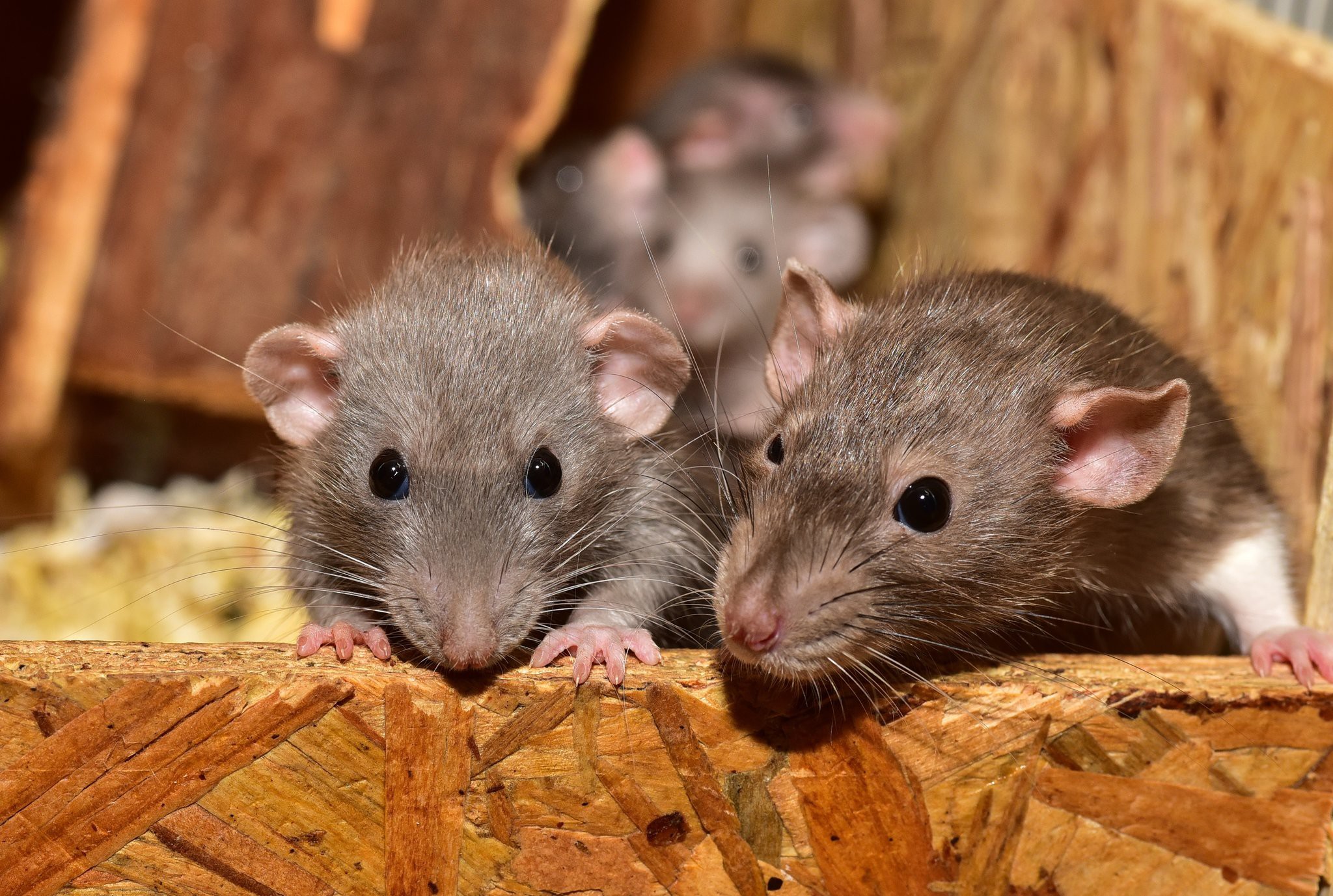Monitoring laboratory-animal breeding
5 years agoBetween November 2018 and late January 2020, we conducted audits of laboratory-animal breeding programmes at all the Life Sciences (Utrecht University and UMC Utrecht) animal facilities. This is a report of our findings.
To provide transparency, we are making the points for attention public. We will work these points out in more detail, with the aim of optimising the animals’ welfare and minimising the number of surplus animals.
The audits were intended to assess the extent to which the facilities are in compliance with the policy on purchasing and breeding laboratory animals. The results have been shared with those involved, so that we can work on these points together. The most important points for attention are the following:
1. Implementing and formalising the role of breeding coordinator
Most departments where animals are bred have an informally designated breeding coordinator, who is sometimes supported by breeding managers. The breeding coordinator plays an important role, advising researchers and managing and controlling the various breeding lines. In addition, the coordinator also has access to a national network of breeding coordinators with whom they can share expertise. Currently, it is not always clear for other people involved whether or not a breeding coordinator has been designated, and if there is one, what their tasks, responsibilities and authorisations are. This means that the breeding coordinator’s expertise is not always being used to full advantage.
- In all departments breeding laboratory animals, we will consult with the line managers and have a breeding coordinator designated. Together we will draw up a description that makes the breeding coordinator’s competencies, tasks, authorizations and responsibilities clear to everyone involved.
2. Better forms for ‘breeding protocols’
The forms for breeding protocols (work protocol for breeding) are still modelled too much on one particular facility. The questions on the current form do not always allow everyone to include information specific to their situation.
- We will revise the forms for breeding protocols. Among other things, we will look into whether a single form can be made for breeding animals both with and without a likely harmful phenotype.
- In any case, the form will be modified so that there is a single general section containing the key information needed by the AWB to decide whether the breeding programme can begin.
- After consulting with the various facilities, we will add facility-specific appendices to the form, so that applicants can include all the information needed for that facility. We will check whether it is also useful to fill out a breeding protocol form for laboratory animals other than rats and mice.
- Our aim is that these new forms will both provide sufficient information to make the evaluation and reduce the administrative burden.
3. Registration and sharing data about existing transgenic lines
Internally and nationwide, there is a need to see what transgenic lines of mice, rats, and zebra fish are available, both active in breeding and cryopreserved (frozen sex cells or embryos). The international databases available for storing this information do not yet include all of our internally available transgenic lines. An international ‘GA passport’ is available for many genetically altered mouse strains. It contains the relevant information about background, breeding specifications, phenotype, welfare implications etc. of a particular genetically modified line.
- We will work to have existing transgenic breeding lines meet the international standards for nomenclature, and be added to international databases.
- We will see for which of our existing lines GA passports are already available, and what kind of additional information they can provide us.
- If having a GA passport available turns out to add value, we will encourage the breeding coordinators and researchers of lines lacking a GA passport to draw one up and to make it available to the scientific community.
4. Promoting the relationship between policy guidelines
Every year, many surplus laboratory animals are killed, primarily those bred from genetically modified lines. Our policy on surplus laboratory animals is an attempt to prevent animals who have been bred but not used from being killed. To do this, however, it is necessary that we know when these surplus animals become available. The audits found a lack of consistent reporting of surplus animals from breeding. Also, since the research plan did not foresee this additional use and there is therefore no licence, surplus animals sometimes cannot be used for another purpose.
- We will once again publicise the fact that surplus animals can be reported, simplify the process of requesting and offering surplus animals, and expand the possibilities for licensed use of surplus animals by making an overall project licence available.
- We will look into additional options for making clear how many surplus animals are available, including implementing mandatory reporting of surplus animals by researchers, and the options offered by the existing software systems (PRIS and SoftMouse).
5. Better use of existing digital systems for breeding
The two facilities breeding transgenic animals on a large scale make use of two different systems, SoftMouse and PRIS, to store breeding data. Only a few staff members are sufficiently familiar with either system to take full advantage of its capabilities.
- We will be checking whether the administrative burden around breeding registration can be lightened by expanding the use of both systems and by investigating what useful information can be extracted from each system.


